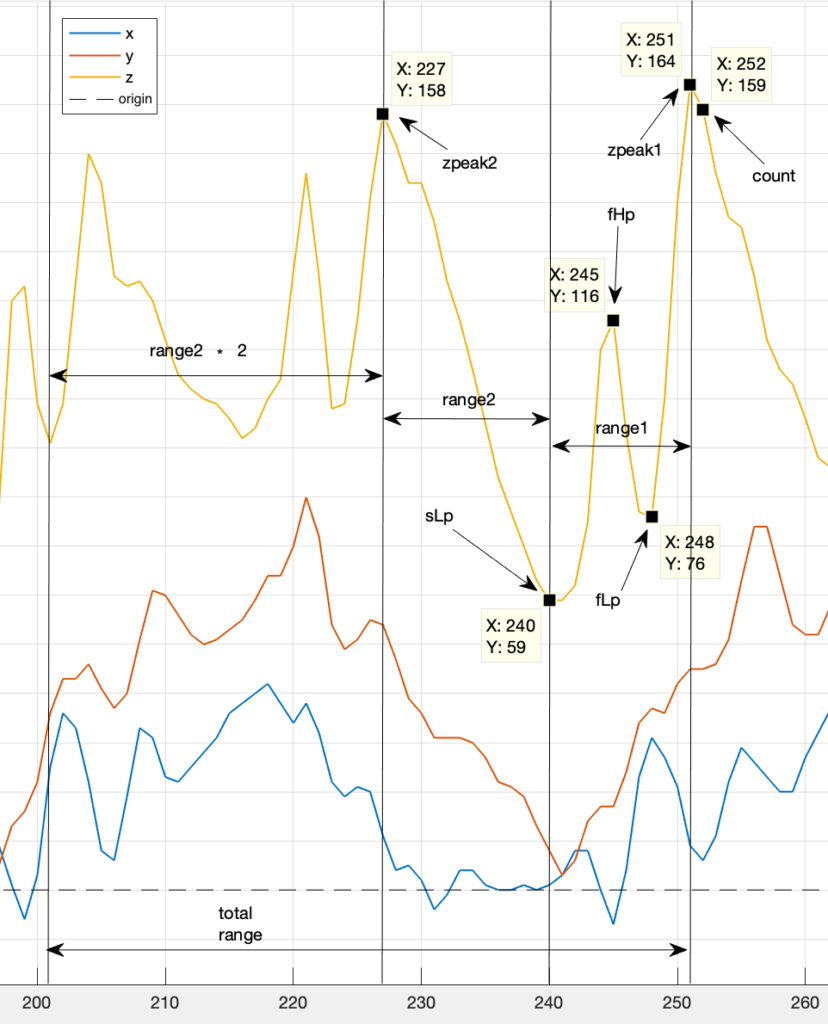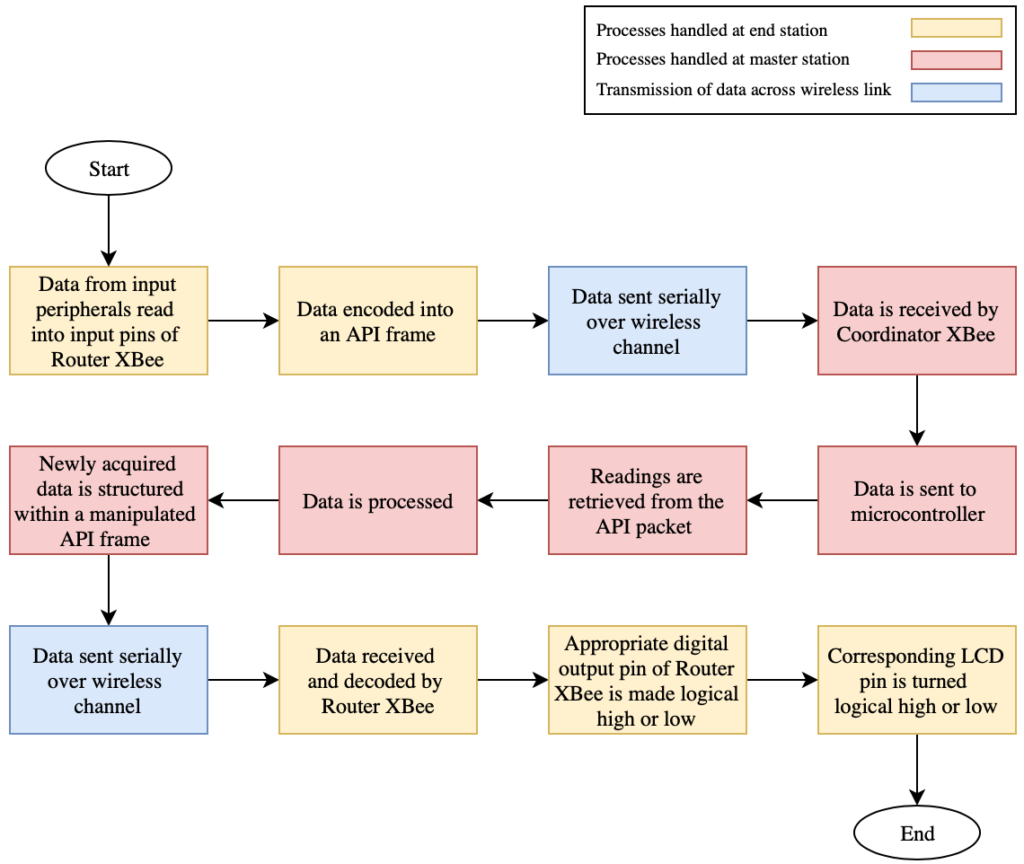Integrating human activity motion sensing with a person’s life enables feedback to be gathered about recent movements performed, if any, thus allowing the user to base his or her future decisions appropriately. The system acts as a motivator to make the user get up more often and carry out the basic movements the body is designed to do. Zigbee wireless technology transmits and receives data to and from an accelerometer, a microcontroller and a Liquid Crystal Display (LCD).
The user wears a compact and unobtrusive device – the end station – on the wrist, containing an ADXL335 triple-axis ±3 g MEMS accelerometer, a Nokia 5110 LCD and a Digi XBee Series 1 wireless module. The accelerometer measures the position of the user’s left wrist relative to a predefined set of x, y and z axes, every few milliseconds, while the LCD is used to inform the user about the feedback generated from this data. The XBee module transmits the accelerometer readings over a point-to- point wireless network, and readings are received on the other end by its corresponding XBee module at the master station. An attached microcontroller to the latter module processes the data received, and the results are sent back over the wireless link to be displayed to the user on the LCD.
The primary human movement patterns – walking and running – are taken into consideration in this system. The microcontroller is set up to identify these activities, as well as the steps walked or strides ran. Fig. 1 represents the accelerometer axes when the user walks two steps. The highlighted data points in Fig. 1 are analysed by the microcontroller.
Data is wirelessly transmitted in API (application programming interface) frames. The microcontroller is ergo configured to recognize the incoming readings in this format, and the feedback attained by the microcontroller about the user’s recent activity is positioned in a code-constructed API frame. The Nokia 5110 LCD utilizes SPI (Serial Peripheral Interface) hardware while the XBees communicate over UART (Universal Asynchronous Receiver- Transmitter). Code is written to send data over the UART wireless link as a manipulation of the SPI protocol operation to match the communication requirements of the LCD. Fig. 2 illustrates this procedure in the form of a flowchart.


Student: Julian Abela
Supervisor: Prof. Inġ. Edward Gatt
Course: B.Sc. (Hons.) Computer Engineering
